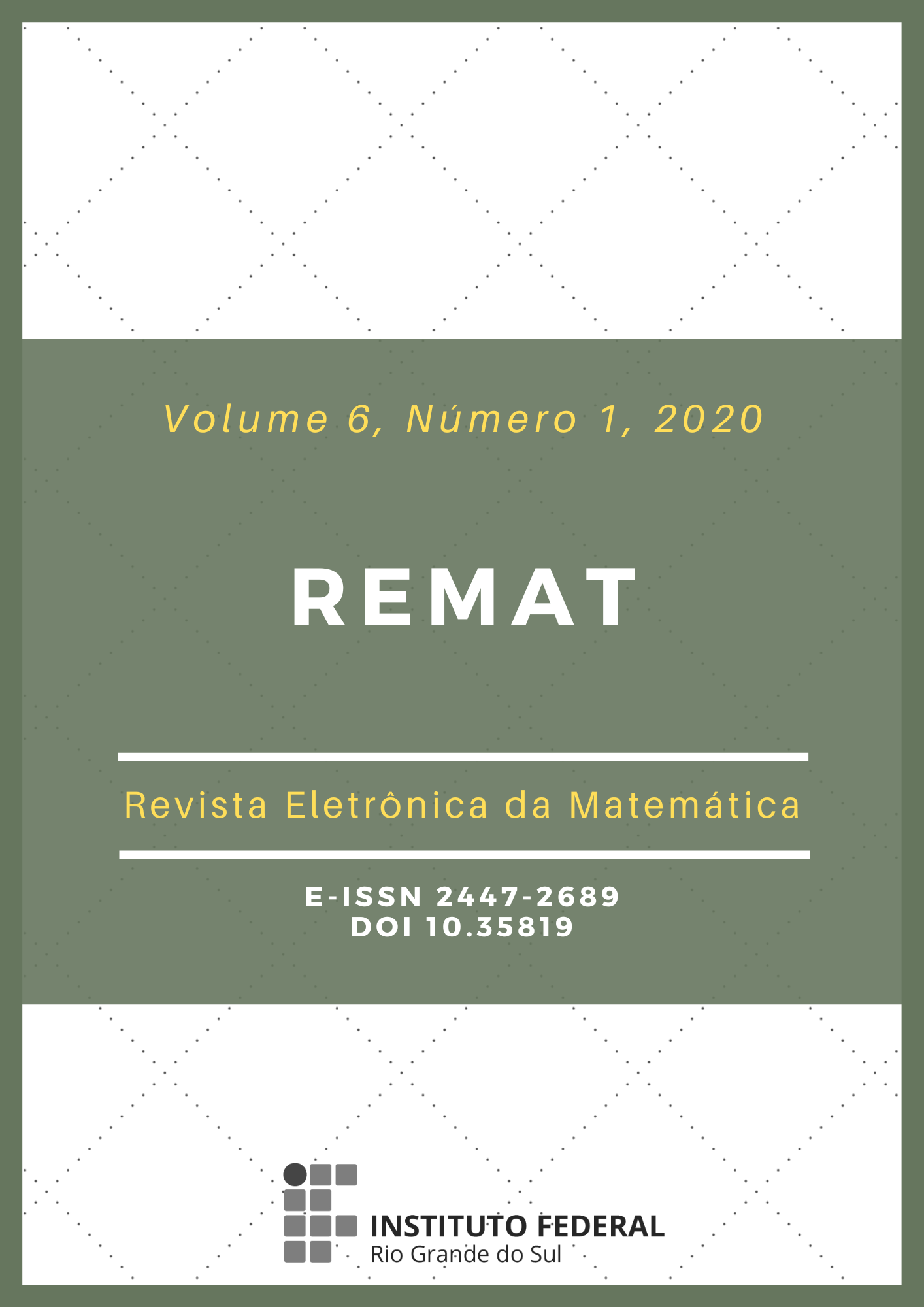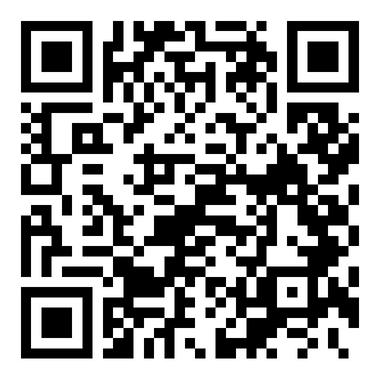The presence of the History of Mathematics in the development of Right Triangle Trigonometry in High School Mathematics textbooks
DOI:
https://doi.org/10.35819/remat2020v6i1id3836Keywords:
Trigonometry, History of Mathematics, Textbook, High SchoolAbstract
D’Ambrosio (1996) points out that the History of Mathematics is an area that can bring many contributions to the Mathematics teaching The aim of this research was to analyze if and how the History of Mathematics is presented in high school Mathematics textbooks related to the “Right Triangle Trigonometry”. As theoretical reference we rely on the vulgata phenomena (CHERVEL, 1990) and on the possible pedagogical uses of the History of Mathematics. As a tool for analysis, we used the documentary research described in Gil (2002) in a sample of three High School Mathematics books collections, in quantitative and qualitative ways. As categories of qualitative analysis, we adapted Vianna’s (1995 apud BIANCHI, 2006) considerations regarding the uses of the History of Mathematics as motivation, information, didactic strategy and subject development. We observed that these categories were found in the textbooks and that they bring contributions, but they must be complemented by an adequate mediation by the Mathematics teacher.
Downloads
Downloads
Published
Issue
Section
License
Copyright (c) 2020 REMAT: Revista Eletrônica da Matemática

This work is licensed under a Creative Commons Attribution 4.0 International License.
REMAT retains the copyright of published articles, having the right to first publication of the work, mention of first publication in the journal in other published media and distribution of parts or of the work as a whole in order to promote the magazine.
This is an open access journal, which means that all content is available free of charge, at no cost to the user or his institution. Users are permitted to read, download, copy, distribute, print, search or link the full texts of the articles, or use them for any other legal purpose, without requesting prior permission from the magazine or the author. This statement is in accordance with the BOAI definition of open access.













 https://orcid.org/0000-0002-0893-7426
https://orcid.org/0000-0002-0893-7426


















